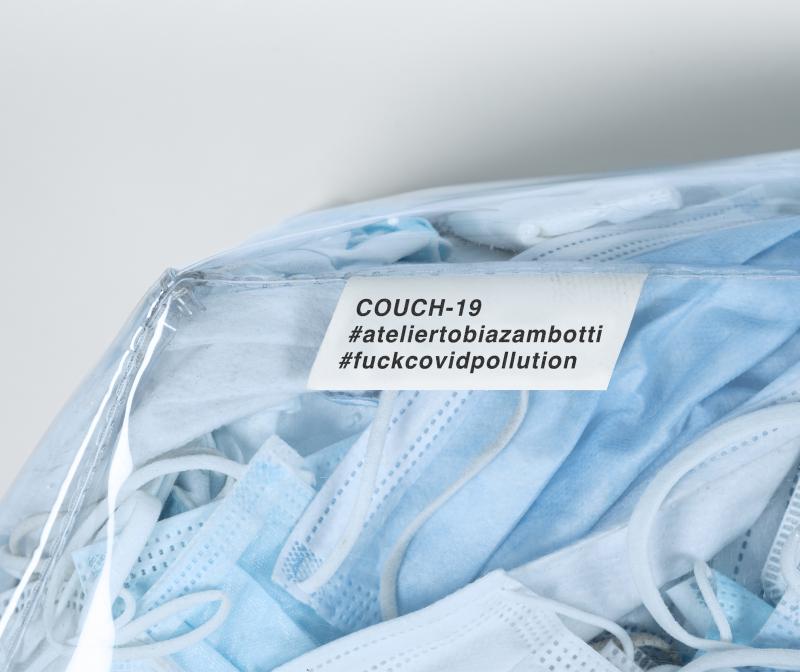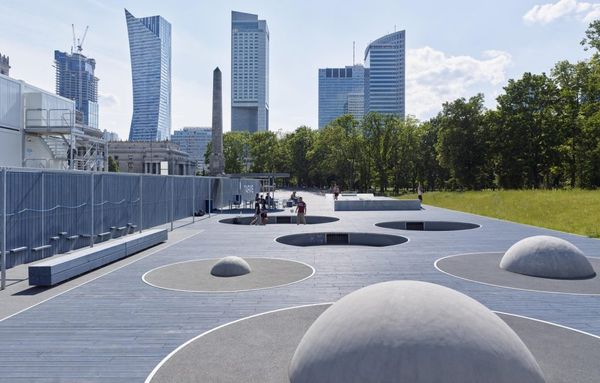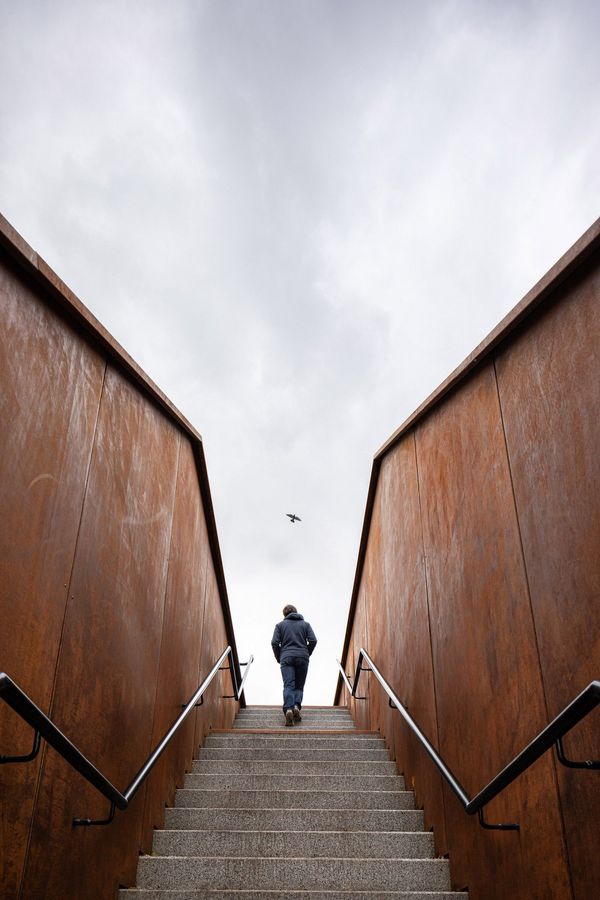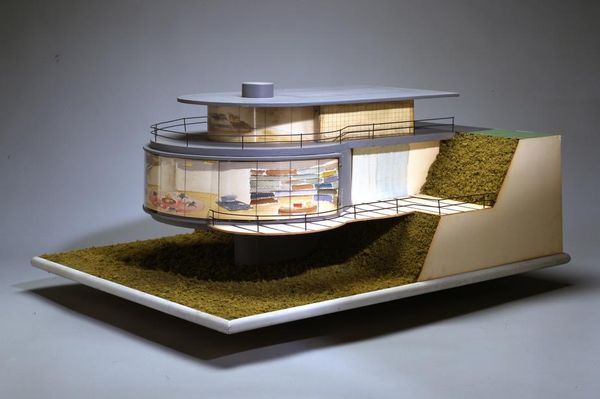For almost a year now, face masks have been part of our daily lives: wearing them is obligatory all over the world in shops, community spaces, and often even in outdoor public spaces.
Hygiene remains a priority, but it comes at a serious price, as the latest figures show that 129 billion masks are thrown away each month. Italian designer Tobia Zambotti draws attention to the immeasurable amount of waste generated by the use of masks with his latest work, a couch filled with used masks. The couch was named Couch-19, referring to the Covid-19 pandemic, and its contents were collected by volunteers in the designer’s hometown of Pergine Valsugana.
About three-quarters of all masks end up in landfills or in the wildlife, where it takes approximately 450 years for them to break down.
Let’s stay all stay safe, and keep our environment safe, too!





Tobia Zambotti | Web | Facebook | Instagram
Source: Label Magazine

Like a horizontal skyscraper | TARAS skatepark

Renovation of Spassky square | Kyiv, Ukraine










